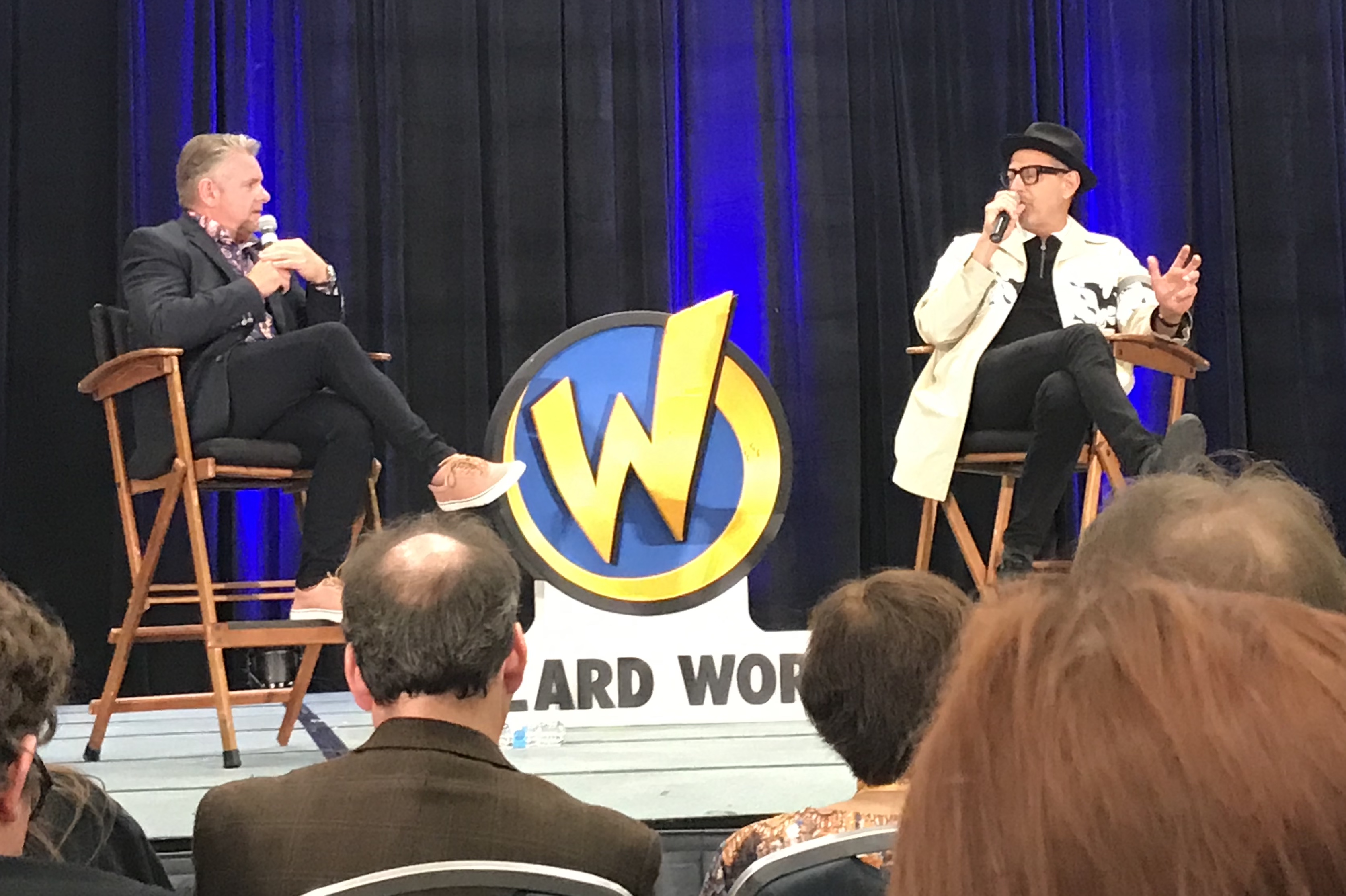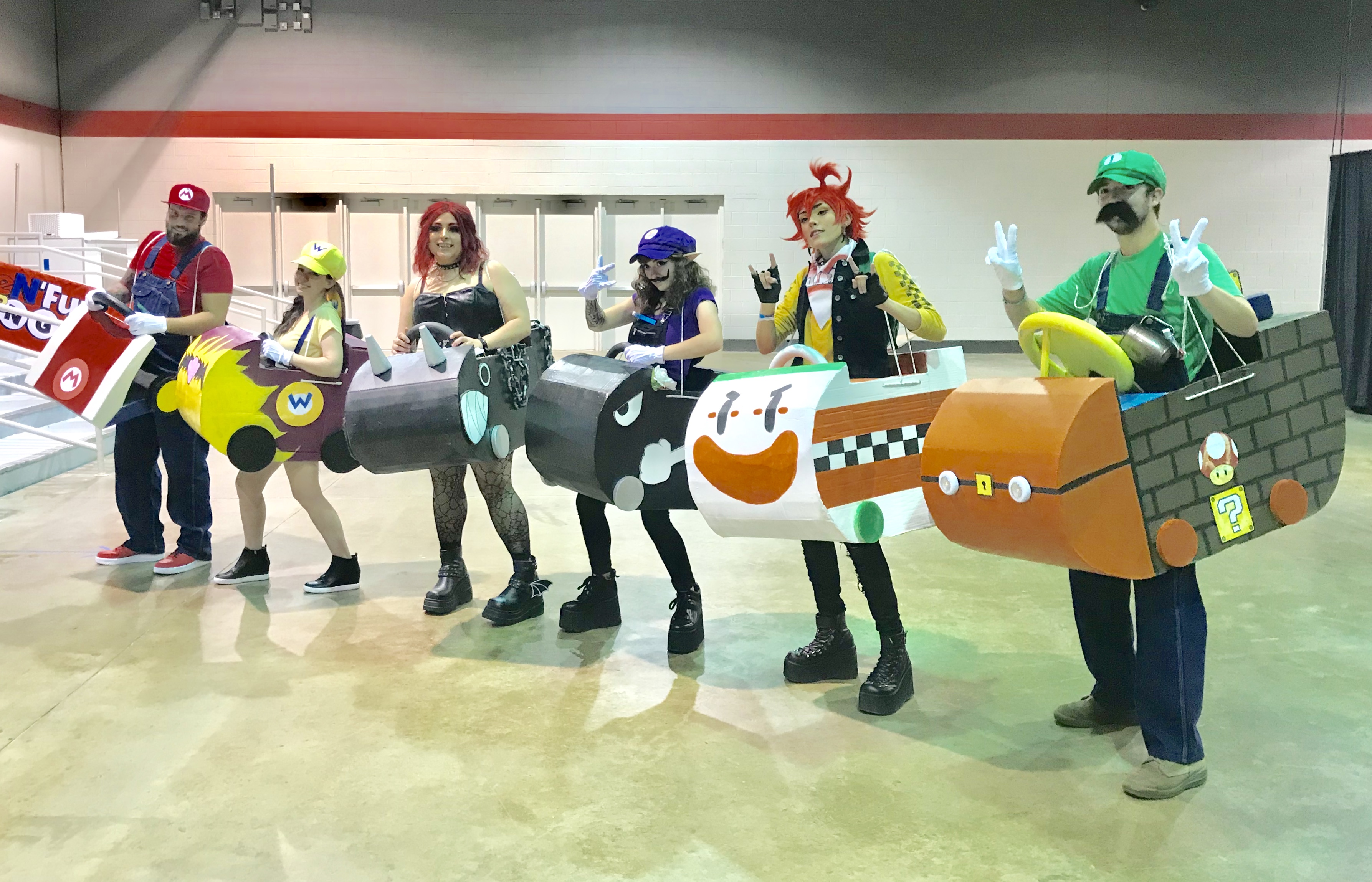New business gets attention. It’s obvious when you win and depending on the size, it can lead to getting press coverage. But, in a lot of cases, organic growth can have a bigger impact on the agency. Organic growth is a testament to the strength of the existing client relationship and validates their satisfaction with the agency’s performance. But getting organic business can be tricky. Below is an overview of organic growth and 10 keys to acquiring organic business:
What is organic growth?
Organic growth is any business that is added to an existing account. It can come in many different forms – adding a different line of business, a new channel (e.g., website or CRM) or department (e.g., media or production). It varies in size and effort.
10 Keys to Acquiring Organic Growth
- Create a Strong Foundation.

It starts with a solid foundation. If you don’t have it, the chance of growth is extremely low. The team has to be delivering strong work and have a solid client relationship to grow.
2. Share Capabilities.

Make sure clients know the full breadth and depth of the agency’s offering. In a lot of cases, clients don’t realize you have experience and capabilities outside of what you do for them. You need to be proactive and weave these additional core competencies into your day-to-day discussions with clients.
3. Share Latest Agency News.

It’s human nature to want to work with companies that are trending upwards. Companies that are doing well and are growing. Make sure to share regularly your agency news, such as client wins, new and relevant case studies, and new initiatives that the client might be interested in. A couple of ways to do this is through a monthly agency email that is specifically for clients and agency leadership check-ins with the client.
4. Understand the Client’s Entire Business.

Led by the client service team, develop a strong understanding of the client’s entire business, including outside of the business that you currently work on. What are their pain points? How is their relationship with other partners? What are their future objectives? What other service lines could use more support? The key is listening to help identify the opportunity.
5. Develop an Action Plan.

Based on what you’ve learned, develop an action plan that leverages what you’ve learned. This action plan is to include what you are trying to solve, potential solution(s), resources and effort needed, and potential timing. This is the framework that sets the stage for creating a custom solution.
From an agency standpoint, it’s helpful to challenge all client leaders to do this yearly, potentially including in annual planning.
6. Go for the Ask.

Asking for new opportunities can be awkward. Timing is critical. It helps when you are coming off something positive such as a great meeting. Must convey you have a solution to one of their problems, that it won’t interfere with the work that you are currently doing for the client and ask to be able to share your thoughts.
7. Develop Solution.

Organic growth can put your reputation at risk if you don’t develop a strong solution. It’s opening the door to other team members/resources that don’t work on the business today. Team leads must be confident that these additional resources are good, would be a great fit with this client and have the ability to continue the momentum that is already established.
Once you seed the idea and the client is open to hearing more, the next step is developing the solution. The solution should be grounded in:
- Addressing the pain point/opportunity previously discussed.
- Knowledge of the business as you know their business better than anyone.
- Share the efficiencies that can be gained by acquiring more business.
- Reassure clients it won’t hurt the existing business.
8. Share Solution.

Determine when it’s appropriate to discuss the solution with the client. This could be when you’re planning for the upcoming year. Usually, it’s best to have the existing leader of the team be the key figure in the presentation, supported by the leader of the business that is trying to be added. For example, if you are trying to grow by adding internal studio production work, you would have your client leader and the production lead be the central figures in the presentation.
9. The Journey.

Hopefully, you made a solid impression. Most likely the journey to get organic growth doesn’t end here. There are probably future steps like presentations with other clients or potentially the client deciding to create a formal pitch. The key is to continue to strengthen your solution as the client gets closer to awarding you the business.
10. Seamless Onboarding.

The onboarding process should be simpler than new business since you already know so much about the client. The leader of the business that is being added (e.g., in the example above would be the production leader) is to spearhead the onboarding process. The account leader should be kept informed of progress, help establish relationships, ensure the efficiencies are taking place, and doesn’t negatively impact the existing business.
And don’t forget to celebrate the win. Although not as glamorous as a traditional new business win, a lot of work goes into organic growth and the opportunity can be the same. So it should be celebrated the same. Good luck!
If you have any questions on organic growth or need any support, please feel free to contact brianphelps10@gmail.com






























































